Understanding key terms like “port of discharge” is crucial for smooth operations when dealing with international shipping. A port of discharge is where cargo is unloaded from a vessel at the end of its sea journey. It’s the point where goods transition from the ocean carrier to the next transport phase, whether by truck, train, or other means. The port of Discharge is also called the “Port of Unloading.”
In this guide, we’ll break down what a port of discharge is, why it’s essential in the logistics process, and how it affects your shipments’ overall cost and timing. Understanding the role of the port of discharge allows you to effectively manage your supply chain and ensure that your goods reach their destination. Whether you’re new to shipping or want to extend your expertise, this book will present you with the essential details about the port of discharge you need to know.
Significance and Role of the Port of Discharge
The port of discharge plays a pivotal role in the international shipping process. Let’s understand its role and significance through the following key points:
- Critical Transition Point: The port of discharge marks the transition from maritime transport to inland distribution, where your cargo is offloaded from the vessel.
- Customs and Clearance: Customs procedures begin at this port to ensure that your goods are legally cleared for entry into the import country.
- Influence on Shipping Costs: The choice of discharge port can directly impact your shipping costs due to varying fees, tariffs, and handling charges at different ports.
- Impact on Timing and Efficiency: The efficiency of operations at the port of discharge, including its infrastructure and handling capacity, influences how quickly your goods can be processed and moved to the next mode of transportation.
- Strategic Importance: Selecting the correct discharge port can optimize your supply chain, reduce delays, and help ensure your goods’ timely and cost-effective delivery.
Understanding these elements allows you to make accurate decisions that align with your logistics strategy and business goals.
Processes at the Port of Discharge
Understanding the processes at the port of discharge is essential for managing your shipments effectively. These steps ensure your cargo transitions smoothly from the sea to its final destination. Here’s what happens:
- Arrival of a Vessel and Unfolding Activity at the Docks
Once a vessel arrives at the discharge port, a flurry of activities begins. The ship is carefully docked, and preparations are made for unloading the cargo. The efficiency at this stage can significantly impact the overall timeline of your shipment. With services like Intoglo’s PAN USA Drayage across all wet and dry ports, you can ensure that your cargo is swiftly moved to its next destination.
- Customs Clearance
Customs clearance is a challenging step that involves reviewing all necessary documentation and calculating duties. Intoglo’s expert customs brokers and express clearance facilities expedite this process, ensuring your cargo clears customs smoothly. Our customs bond services and the capability to initiate customs entry before shipment arrival add another layer of efficiency, minimizing potential delays.
- Cargo Inspection
After customs clearance, the cargo may undergo inspection to validate its contents and verify compliance with regulations. Intoglo’s dedicated CHAs at all major ports and their internal filing of AMS/ISF streamline these inspections, reducing the risk of holdups.
- The transition from Sea to Land
Finally, the cargo transitions from sea transport to land-based logistics. This step involves loading the cargo onto trucks or trains for delivery to its final destination. Intoglo’s PAN USA Drayage services and the ten free days in the USA with premium shipping lines offer cost-effective and efficient solutions to manage this crucial transition.
With Intoglo’s comprehensive services, you can optimize every stage of the process at the port of discharge, ensuring your goods move seamlessly through the supply chain.
Also Read: What is Duty Drawback: Process, Types, and Example
Impact on Shippers and Freight Forwarders
The port of discharge plays a crucial role in shippers’ and freight forwarders’ logistics management. It substantially impacts their operations and can affect many areas of the shipping process. Here’s how:
- Cost Implications: The choice of discharge port can significantly affect the shipping costs. Different ports have varying fees, tariffs, and handling charges. For shippers and freight forwarders, selecting a cost-effective port is essential to maintaining competitive pricing. Intoglo’s expertise in customs clearance and their ability to offer customs bond services and 10 Free Days in the USA with Premium Shipping Lines can help mitigate these costs.
- Efficiency and Timing: The efficiency of operations at the port of discharge directly impacts the timing of deliveries. Delays at this stage can lead to increased storage fees and disrupted schedules. With Intoglo’s express clearance facilities and PAN USA Drayage services, shippers and freight forwarders can ensure their cargo moves quickly through the port, minimizing potential delays.
- Compliance and Risk Management: Navigating customs regulations and inspections can be complex and time-consuming. Errors or delays in customs clearance can result in fines, penalties, or shipment delays. Intoglo’s dedicated CHAs at all major ports and the internal filing of AMS/ISF help shippers and freight forwarders manage compliance efficiently, reducing the risk of costly delays.
- Customer Satisfaction: Timely and efficient delivery of goods is paramount. Any issues at the port of discharge can ripple through the supply chain, affecting end customers. By utilizing Intoglo’s comprehensive services, including expert customs brokers and customs entry before shipment arrival, shippers and freight forwarders can ensure a smooth process, ultimately enhancing customer satisfaction.
The port of discharge directly impacts the costs, efficiency, compliance, and overall success of shipping operations. By partnering with a service provider like Intoglo, shippers and freight forwarders can navigate these challenges more effectively, ensuring their cargo reaches its final destination without unnecessary delays or expenses.
Factors Influencing the Choice of Port
Selecting the correct port of discharge is a crucial decision in the shipping process. Several factors must be considered to ensure efficiency, cost-effectiveness, and the smooth movement of goods. Here are the key factors that influence the choice of port:
- Geographical Proximity: One of the most important factors is the location of the port relative to the final destination of the goods. Choosing a port closer to the final delivery point can reduce inland transportation costs and minimize transit times.
- Port Infrastructure and Capacity: A port’s infrastructure and cargo-handling capacity significantly impact its efficiency. Ports equipped with modern technology, adequate handling equipment, and sufficient storage facilities can manage large cargo volumes more efficiently, reducing delays.
- Customs Efficiency: The speed and efficiency of customs processing at a port are critical. Ports known for quick and efficient customs clearance are often preferred, as they can reduce the time goods spend waiting for clearance and minimize the risk of delays.
- Cost Factors: The overall costs associated with using a particular port, including docking fees, handling charges, and customs fees, are crucial considerations. Shippers must weigh these costs against the benefits of using a specific port to ensure it aligns with their budget.
- Accessibility and Connectivity: A port’s accessibility to major shipping routes and its connectivity to inland transportation networks, such as highways and railways, are essential factors. Well-connected ports facilitate faster and more efficient movement of commodities from the port to their final destination.
- Risk Management: A port’s reliability, including its operational stability and history of congestion or labor disputes, can influence the decision-making process. Ports with a consistent track record of smooth operations are often chosen to avoid potential disruptions and delays.
Considering these factors allows shippers and logistics managers to make informed decisions when choosing a port of discharge, ensuring that the choice supports their overall shipping strategy and operational goals.
Responsibilities at the Port of Discharge
The port of discharge is a crucial point in the shipping process. Here, various responsibilities are shared among different parties to ensure the smooth transition of goods from the vessel to their final destination. Here’s a breakdown of the key duties at this stage:
Role of the Consignee
The consignee, often the receiver of the goods, plays a vital role once the cargo arrives at the port of discharge. Their primary responsibilities include:
- Ensuring all necessary documentation is for customs clearance.
- Paying any applicable duties or taxes.
- In case of door delivery, the freight forwarder coordinates directly with the consignee for the delivery, meaning the consignee does not need to arrange for pickup or transportation.
The consignee must also coordinate with the freight forwarder and customs authorities to ensure the cargo is released promptly, avoiding potential delays or additional storage fees at the port.
Responsibilities of the Carrier
The carrier, the shipping company responsible for transporting the goods, has several key responsibilities at the port of discharge. These include safely unloading the cargo from the vessel and ensuring it is appropriately documented and ready for customs clearance. The carrier is also responsible for providing the consignee with the necessary documentation, such as the bill of lading required to claim the cargo.
Handling Costs from Port to Final Destination
Once the cargo is unloaded at the port of discharge, the costs associated with moving it from the port to its final destination must be managed. These handling costs can include port fees, terminal handling charges, and the expenses related to inland transportation. The responsibility for these costs typically depends on the terms of the shipping contract (Incoterms).
For example, under certain terms, the consignee may be responsible for all costs once the cargo is offloaded at the port, while under other terms, the carrier might cover some or all of these expenses. Effective cost management and clear communication between all parties are essential to ensure the cargo reaches its final destination efficiently and within budget.
Also Read: Understanding Difference Shipper, Consignee
Conclusion
Understanding port of discharge means and its role in the shipping process is essential for anyone involved in international trade. The port of discharge is more than just a point where goods are unloaded; it’s a critical juncture that impacts costs, timing, and the overall success of your shipment. By carefully selecting the correct port and being aware of the processes and responsibilities involved, shippers can optimize their logistics, ensuring that goods reach their final destination efficiently and without unnecessary delays.
The port of discharge plays a pivotal role in the supply chain. Whether you’re dealing with customs clearance, cargo handling, or transitioning from sea to land, ensuring smooth operations at this stage is key to maintaining a reliable and cost-effective shipping process.
Suppose you need expert support to manage your shipments without hassle at the discharge port. In that case, Intoglo offers comprehensive door-to-door solutions, including expert customs brokers, PAN USA Drayage services, and more. With operations in both India and USA time zones, Intoglo ensures seamless communication between the shipper and consignee, providing round-the-clock support. Contact Intoglo today to streamline your shipping process and ensure your goods move seamlessly through every port.


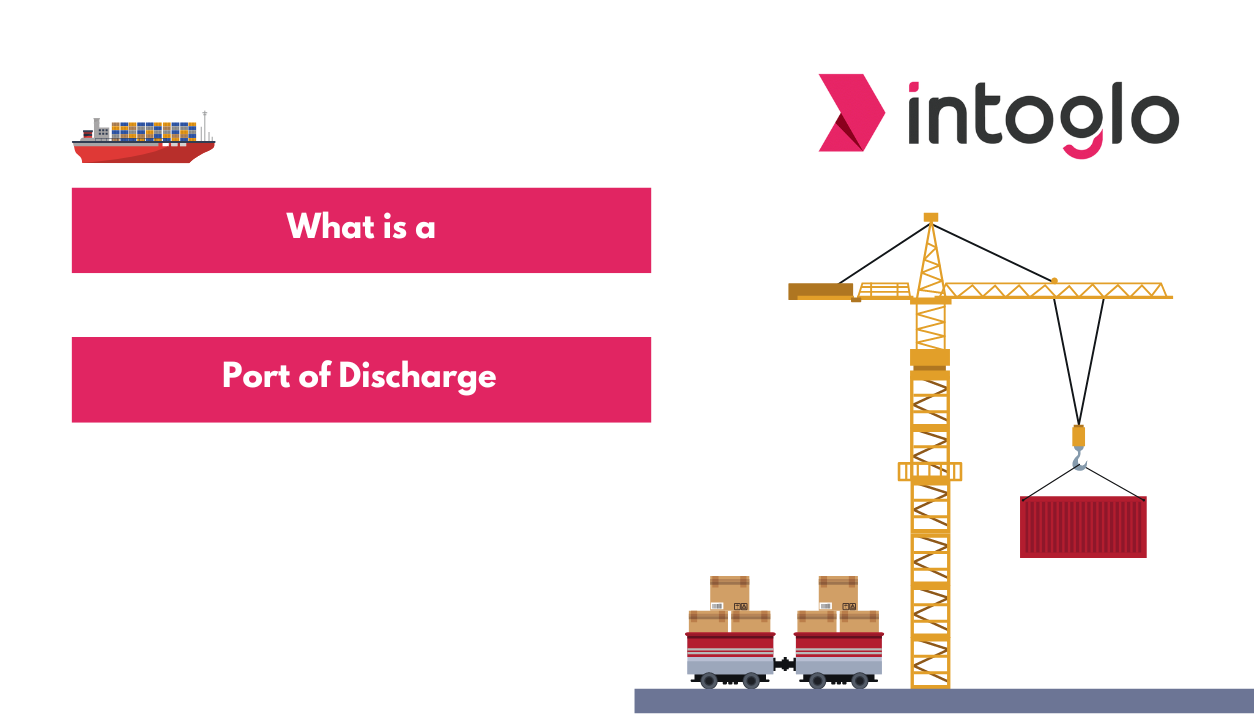


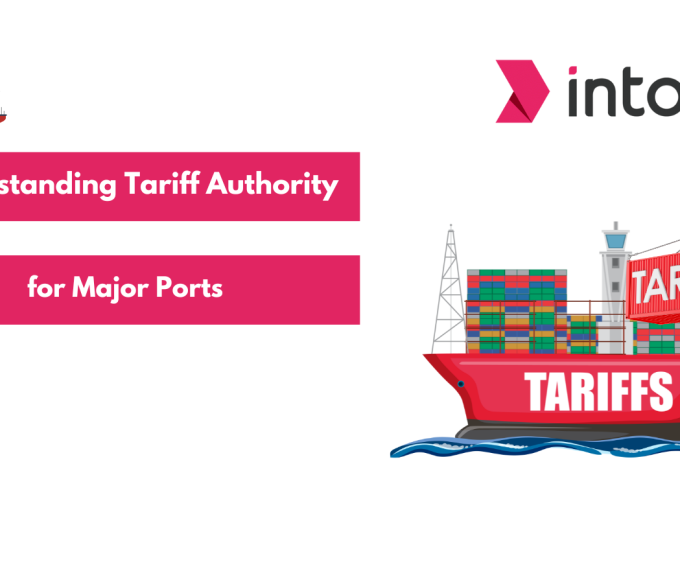
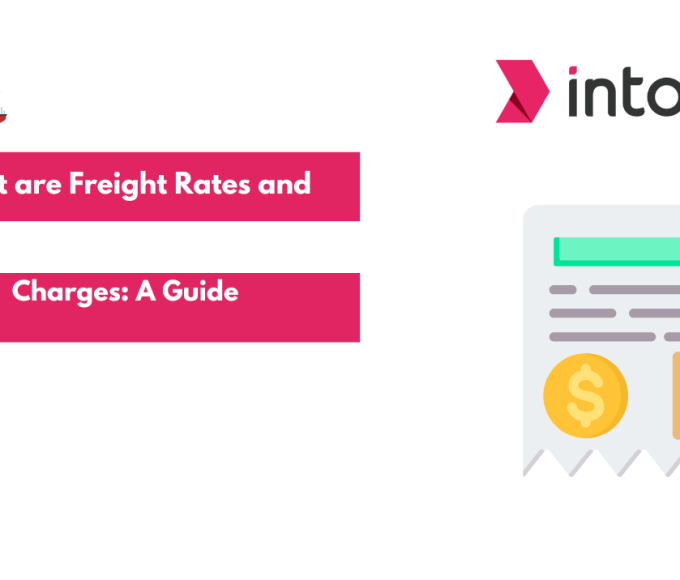
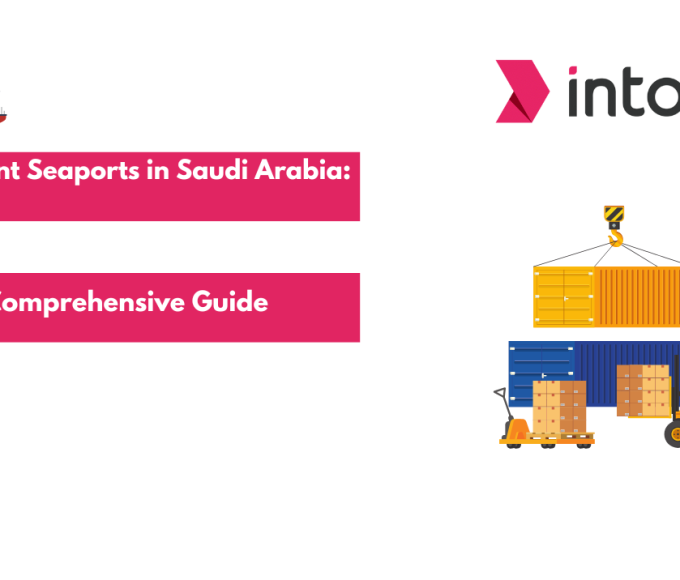
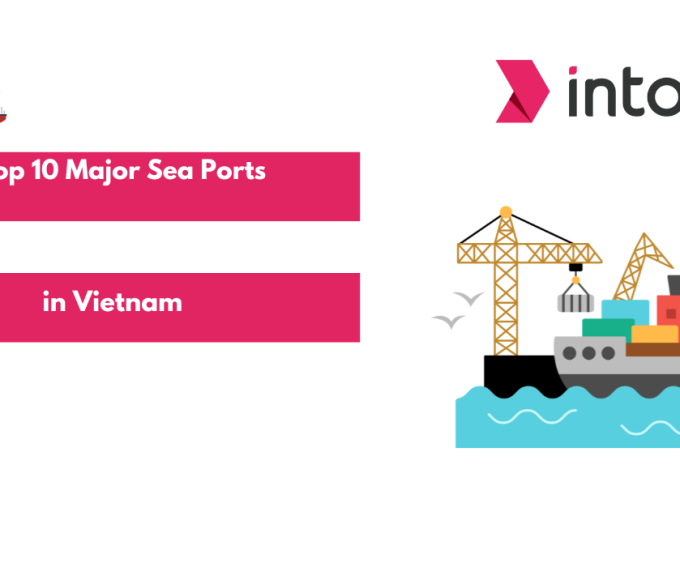
Leave a comment